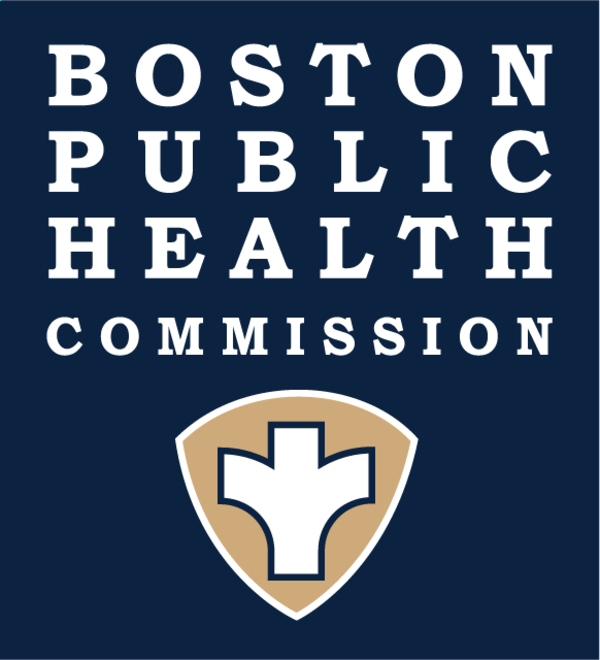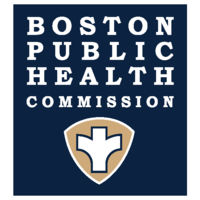Campylobacter
This fact sheet answers frequently asked questions about campylobacter.
Campylobacter is bacteria that infects the intestines (bowels) in people and animals. The infection, called “campylobacteriosis”, is one of the most common diarrheal illnesses in the United States. In rare cases, campylobacter can spread to the blood and cause serious infection.
The basics
How do people catch campylobacter?
People usually catch campylobacter by eating raw or undercooked contaminated food and drinking contaminated beverages including untreated water. Campylobacter is mostly found in animal food products such as poultry, and in unpasteurized milk. However, thorough cooking or pasteurization will kill the bacteria and make these foods safe to eat.
Campylobacter can live in the stool (feces) of farm animals and pets, even if they appear healthy. The bacteria are also found in different kinds of wildlife. You should always wash your hands well with soap and water after touching animals or their stool.
Symptoms
What are the symptoms of campylobacter infection?
The most common symptoms are diarrhea (sometimes bloody), stomach pain, fever, nausea, and vomiting. These symptoms most often start within 2 to 5 days after ingesting the bacteria. Healthy people who get campylobacter infection recover completely within two to five days. On occasion recovery can take up to 10 days.
How do you know if you have campylobacter infection?
Your healthcare provider can send a stool sample to a laboratory. The laboratory will test the sample for campylobacter bacteria.
Prevention
How can you prevent campylobacter infection?
Treat raw eggs, chicken, and other meats as contaminated and handle them accordingly. Good hand washing is important after handling all animals or their stool.
Clean!
- Wash your hands with warm soapy water for at least 20 seconds (time it by singing the happy birthday song twice) before and after handling food
- Rinse all fruits and vegetables under running water before cooking, packing or eating
- Clean all cooking utensils with soap and hot water
Separate!
- Do not reuse marinade that you used for raw foods on cooked foods. Always marinate in the refrigerator
- Do not put cooked foods on the same plate as raw foods
- Do not reuse utensils that have touched raw foods unless you are able to wash them with soap and hot water
- Keep raw meat, seafood, and poultry away from other foods. Properly wrap them to keep juices from contaminating other foods
- Thaw frozen foods in the refrigerator not on the kitchen counter. Bacteria multiply quicker at room temperature
- Check expiration dates of meats, chicken, fish, shellfish, milk, and other products.
Cook!
- Use a food thermometer to make sure food is at a safe internal temperature
- Cook hamburger meat to 160°F, steaks to 145°F for medium rare and 160°F for medium. Chicken should reach a temperature of 165°F and fish should cook to 145°F or until it is opaque and separates easily. Shellfish should start tightly closed before cooking and cook until their shells open
- Keep hot food hot by placing it on the stove top or grill rack
- Cook eggs until yolks and whites are firm, do not eat “runny” eggs
- If you are unsure about an item's preparation, ask how it was cooked
- Do not use unpasteurized milk or products (ex. cheese)
Chill!
- In hot weather between 40°F- 90°F, food should not be outside for more than 2 hours. In weather of 90°F or more, don't leave food out for more than an hour. Refrigerate leftover and unused portions quickly
- Keep your cooler full to maintain cold temperatures, keep it out of the sun and limit the number of times you open it
Hand washing saves lives! Wash your hands
- Before, during, and after preparing food
- Before eating food
- After using the toilet
- After changing diapers or cleaning up a child who has used the toilet
- After touching an animal or animal waste
What if I have campylobacter?
Most infected people may return to work or school once their diarrhea has resolved. Keep in mind it is possible to give the bacteria to others even after feeling better. To protect the public, workers who handle food and health care workers must be cleared by your local health department before returning to work.
Treatment
How is the illness treated?
Most people recover without any treatment. You can prevent dehydration with extra fluids. Health care providers may use antibiotics to treat campylobacter infection in people who cannot fight off the illness on their own.




